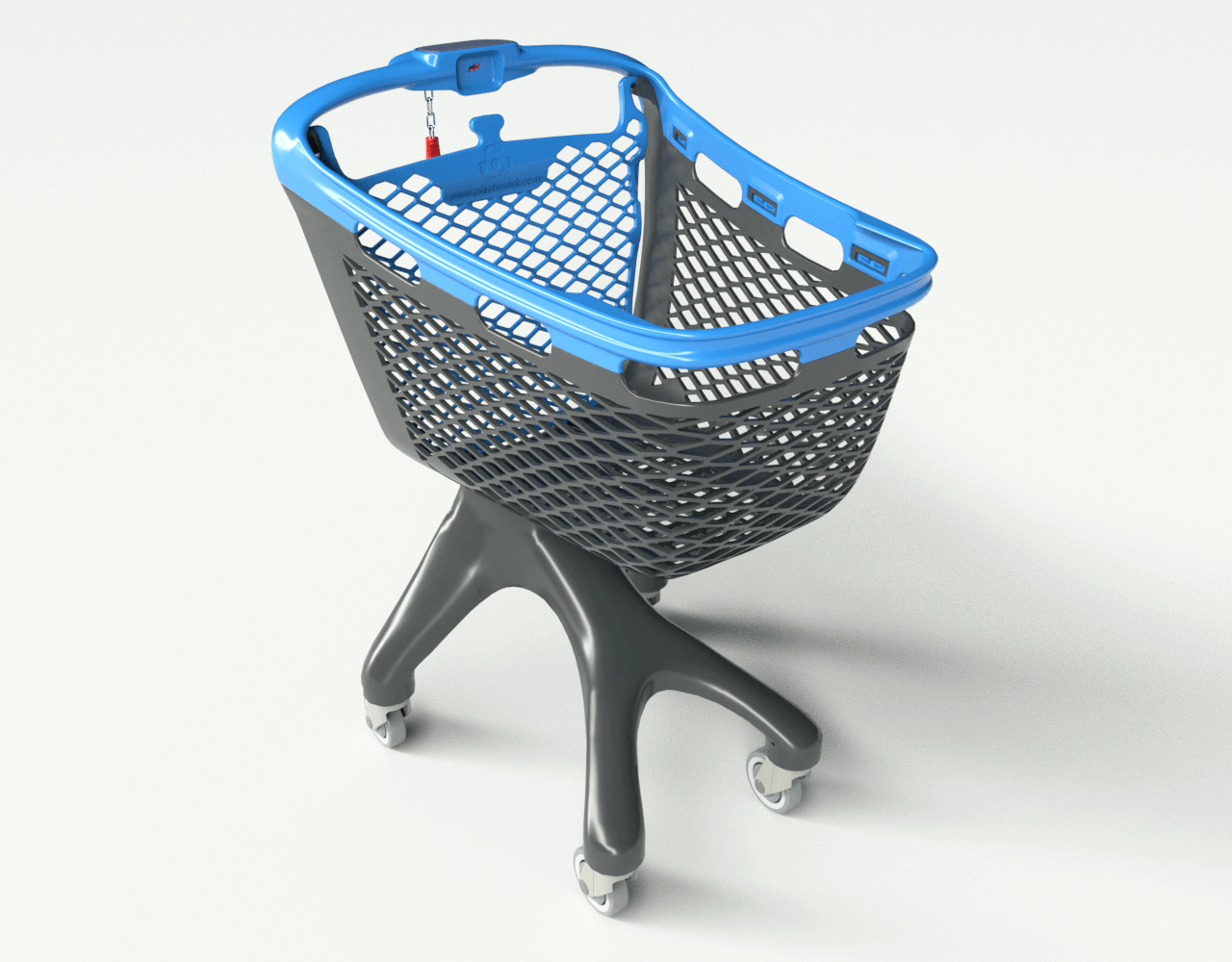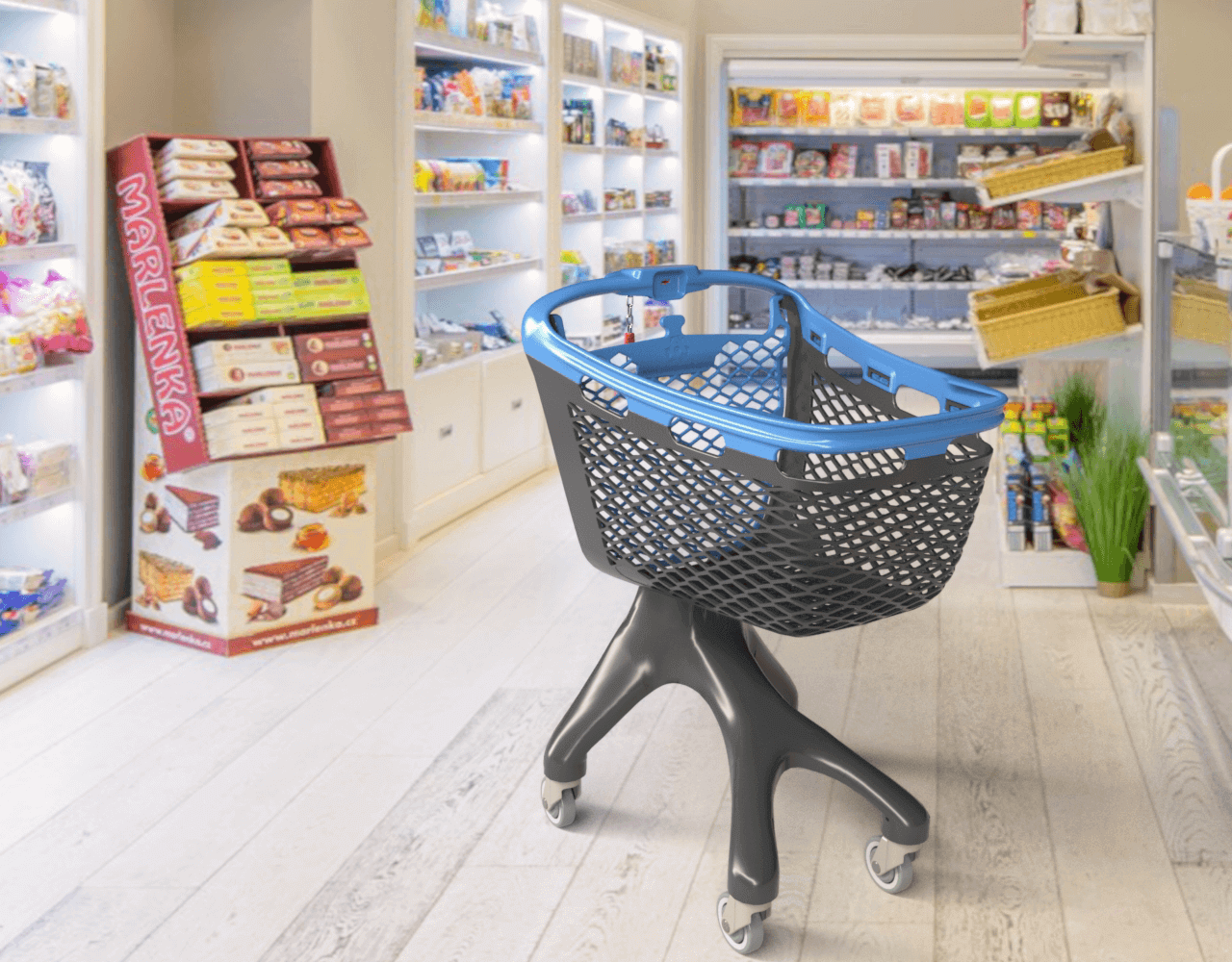When we talk about the online 3D configurator, the various project phases that lead to the realization of the finished product are not always clear.
This article is the first in a series that will allow us to explore this world and learn about the development phases of an online 3D product configurator, thanks to the experience gained in this sector.
3D modeling of the product
Model optimization
Programming with the use of a 3D graphic engine
Configuration user interface
Configuration script
Backend – API development
Possible additions with other systems
3D product modeling
The task of the modeler is to produce three-dimensional objects through specific modeling software. The aim is to arrive at an aesthetically beautiful product that can be used for the purposes requested by the customer.
In our company the 3D Autodesk Maya software is used for the production and the particularization of models; for the yield, instead, we use the internal engine of Maya, known as Arnold, which allows the photorealistic rendering of the products through the use of the most modern and advanced rendering algorithms on the market.
In addition to the technical use of software, modeling is a very important process, which requires on the one hand specific skills to create a solid base of the object, and on the other an excellent knowledge of the functioning and components of the product itself.
If the customer already has 3D models, it is sufficient to evaluate the “goodness” of the sources created in a suitable format (obj, gltf, fbx, etc.) and proceed to the next step, which requires optimization aimed at use on the web.
Web model optimization
By optimization we mean the analysis of the geometric structure of the object and its revision in polygonal terms, in order to create a weight export not excessive and presentable in a web context.
This process involves specific skills of the 3D artist and may involve semi-automatic interventions on the model, with the use of decimation algorithms combined with common sense and manual operations on geometry.
With a view to making the product usable also on mobile devices, further optimization is required which involves a more important polygon reduction and with a generally lower weight, without however sacrificing the aesthetic appearance of the product.
With regards to this, normal mapping and / or bump mapping techniques are used to give a rich perception of details on an object that has a simple polygonal structure suitable for the piece of furniture.

